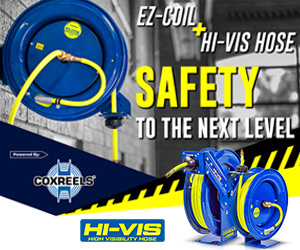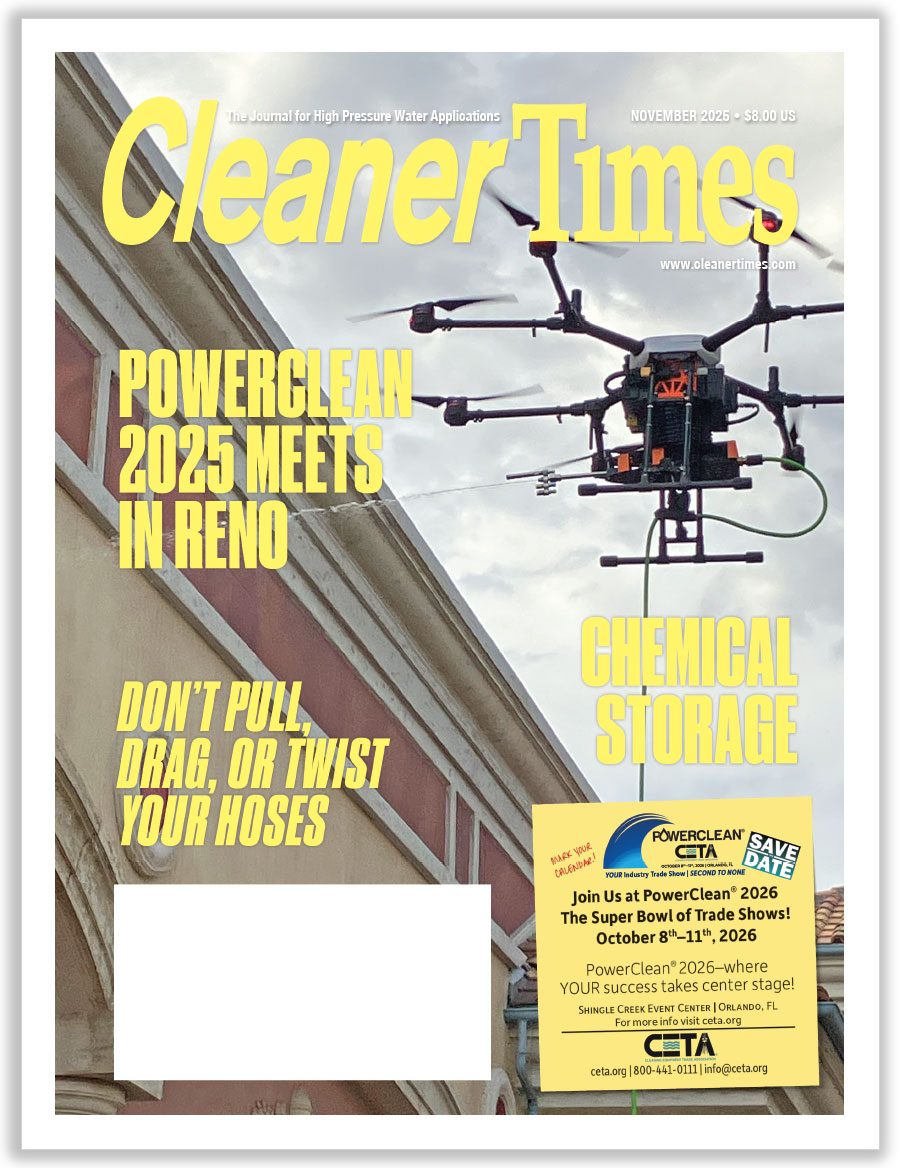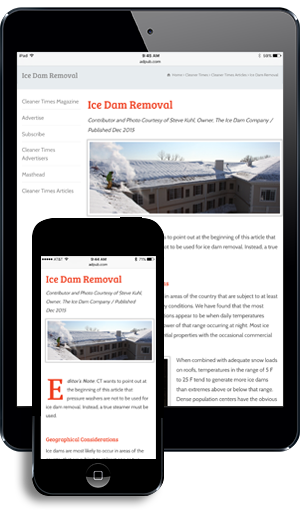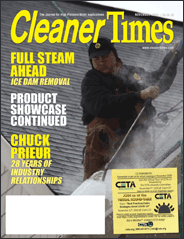
Drone Safety in the Power Washing Industry:
Best Practices for Safe and Responsible Operations
by PWNA | Published May 2025
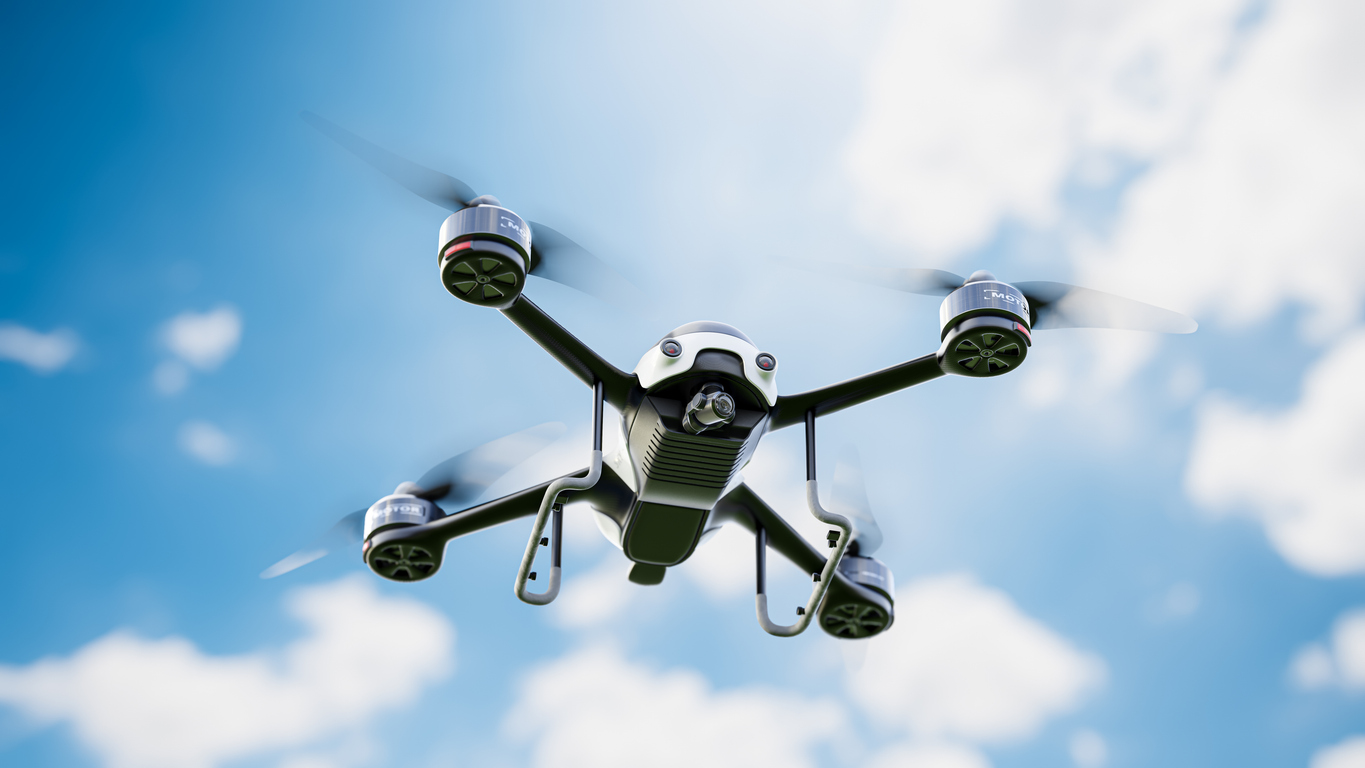
Drones are transforming the power washing industry, making exterior cleaning of buildings, water towers, and other structures safer and more efficient. However, safety must always be the top priority when operating drones. Proper planning, maintenance, regulatory compliance, and emergency preparedness are critical to preventing accidents, protecting workers, and ensuring responsible drone use.
This guide outlines the essential safety measures for drone operators in the power washing industry.
-
Prioritizing Safety in Drone Operations
Drones eliminate many risks associated with high-altitude cleaning, but they introduce new hazards like the following that must be carefully managed:
- Risk of collision with buildings, power lines, or people
- Battery failures leading to crashes
- Environmental hazards such as wind, rain, and temperature extremes
- Chemical exposure risks from spraying solutions
- Legal and compliance issues if operated outside FAA regulations
By implementing strict safety protocols, drone operators can mitigate these risks and ensure safe, efficient operations.
-
Preflight Safety: Risk Assessments and Inspections
Before every flight a comprehensive safety check must be conducted to identify and address potential hazards.
Preflight Risk Assessment
✅ Weather Conditions—Avoid flying in high winds, rain, fog, or extreme temperatures.
✅ Obstacles—Identify trees, power lines, buildings, and other hazards in the flight area.
✅ People and Property—Ensure operations occur away from crowds, vehicles, and sensitive areas.
✅ Regulatory Compliance—Verify that the flight location is not in restricted airspace.
Drone Inspection Checklist
✅ Propellers & Motors—Check for cracks, chips, or wear.
✅ Battery Condition—Ensure batteries are fully charged, not swollen, and within safe temperature ranges.
✅ Spray System Integrity—Confirm hoses, nozzles, and valves are clean and securely attached.
✅ GPS and Navigation Systems—Ensure strong satellite connection and properly calibrated sensors.
Skipping any preflight safety steps can result in malfunctions, accidents, or legal penalties.
-
Safe Drone Operation Techniques
During flight, strict control and monitoring are required to prevent incidents and ensure smooth operations.
Key Safety Practices During Flight
✅ Maintain Visual Line of Sight (VLOS)—Never fly beyond where you can see the drone.
✅ Use Controlled Movements—Sudden changes in speed or direction can destabilize the drone.
✅ Adjust for Weather Conditions—Wind can push spray off-target or cause instability.
✅ Keep a Safe Altitude—Avoid flying too low (collision risk) or too high (regulatory violation).
✅ Monitor Battery Levels Closely—Land before reaching critically low battery levels.
Hazards to Watch While Flying
⚠ Electromagnetic interference from power lines, towers, or other electronics can disrupt control signals.
⚠ Wildlife hazards such as birds may attack or interfere with drones in flight.
⚠ Unexpected wind gusts can cause sudden instability, leading to loss of control.
Pilots must remain alert at all times and be prepared to land immediately if conditions become unsafe.
-
Emergency Preparedness—Responding to Drone Failures
Even with careful planning, emergencies can happen. Every drone operator must be trained in emergency response.
Emergency Landing Protocols
🛑 Loss of Signal—Attempt to reestablish connection or activate the Return-to-Home (RTH) function.
🛑 Low Battery Warning—Identify the nearest safe landing area and land immediately.
🛑 Drone Malfunction (Erratic Movement)—Manually guide the drone to the safest possible landing spot.
🛑 Severe Weather Onset—Cease spraying operations and return the drone to base.
After an Emergency Landing
✔ Inspect the drone for damage before flying again.
✔ Review flight data logs to determine what caused the issue.
✔ Report malfunctions or near misses to supervisors for safety improvements.
Training in emergency procedures can prevent accidents and protect expensive equipment from damage.
-
Postflight Safety—Inspections and Maintenance
After completing a job, proper post-flight care is essential for continued safe operation.
Postflight Inspection
🔎 Check the Airframe—Look for cracks, dirt, or residue buildup.
🔎 Examine the Propellers and Motors—Ensure they are clean and free of debris.
🔎 Inspect the Battery—Store in a cool, dry place at recommended charge levels.
🔎 Flush and Clean Spray Systems—Remove chemical residue to prevent clogging or corrosion.
Logging Flight Hours & Maintenance
📖 Maintain Flight Logs—Record flight times, weather conditions, and any incidents.
📖 Schedule Regular Maintenance—Replace worn parts before they fail in flight.
📖 Update Firmware and Software—Keep drone systems updated to improve safety features.
A well-maintained drone is a safe and reliable drone.
-
Compliance with FAA and Legal Regulations
Operating drones commercially requires strict adherence to FAA rules to ensure safe and legal flights.
Key FAA Regulations for Commercial Drone Use
📌 Part 107 Certification—Required for all commercial drone pilots.
📌 Weight Limits—Drones must not exceed 55 lbs. (including payload).
📌 Remote ID Compliance—Drones must transmit identification and location data.
📌 Flight Restrictions as follows:
- No flying beyond the visual line of sight (VLOS).
- No flying over people or moving vehicles without special waivers.
- No flying in restricted airspace without FAA approval.
Liability and Insurance Considerations
Commercial drone operators should carry insurance to cover the following:
- Equipment damage
- Third-party property damage
- Injury claims
- Legal liability in case of regulatory violations
Flying without proper training or certification can result in legal fines, lawsuits, or revoked flight privileges.
-
Training and Resources for Drone Safety
To operate drones safely, legally, and effectively, professional training is highly recommended.
Safety First in Drone Operations
Drones offer powerful advantages in the power washing industry, but they must be used responsibly to prevent accidents, ensure legal compliance, and maintain a professional reputation.
By following strict safety protocols—conducting pre-flight checks, using controlled flight techniques, preparing for emergencies, and staying compliant with regulations—drone operators can perform exterior cleaning jobs safely and efficiently while protecting both their equipment and the public.
Prioritize safety. Stay compliant. Train for success.
For more information and PWNA drone safety training, visit www.pwna.org.

